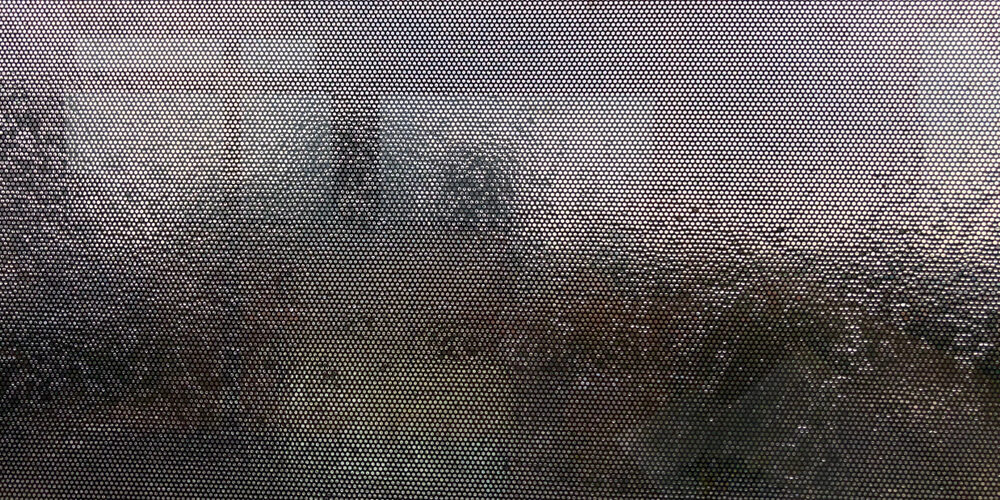Window film is typically installed on the inside surface of windows, facing the interior of the building.
Installing window film on the interior surface offers several advantages…
- Accessibility – Installing window film on the inside surface allows for easier access and application compared to exterior installation. This makes it more convenient for installers to work indoors and ensures a cleaner, smoother application process.
- Protection – Placing the film on the interior surface provides protection against external elements such as weather, debris, and vandalism. The film is less likely to be damaged or degraded by outdoor conditions when installed on the inside of the window.
- Aesthetic Appeal – Installing window film on the interior surface maintains the exterior appearance of the building and avoids altering the architectural aesthetics or curb appeal. The film is transparent from the outside, allowing for unobstructed views and preserving the building’s exterior appearance.
- Longevity – Window film installed on the interior surface is less exposed to external factors such as UV radiation, moisture, and temperature fluctuations, which can degrade the film over time. Placing the film indoors helps to maximize its longevity and performance.
While window film is typically installed on the inside surface of windows, there are some situations where exterior installation may be preferred or necessary. For example, certain types of window film designed for solar control or security may be installed on the exterior surface to provide additional protection or achieve specific performance objectives.
The decision to install window film on the inside or outside surface of windows depends on factors such as the type of film, the building’s architecture, and the specific goals of the installation. Consulting with a professional installer can help determine the best approach for your particular needs and circumstances.






